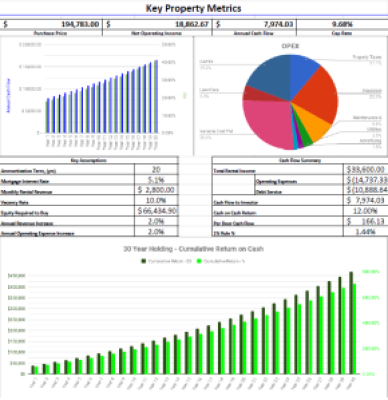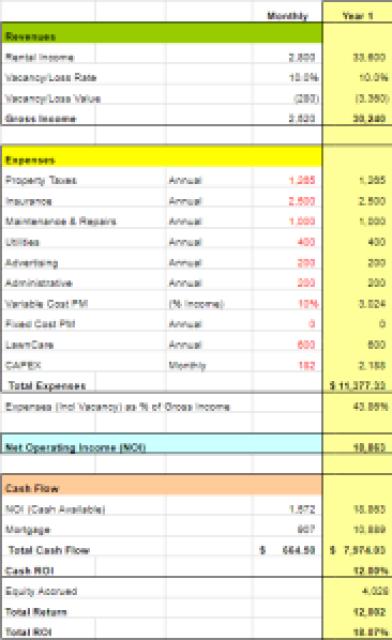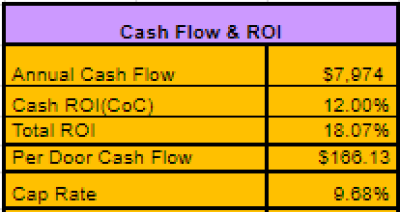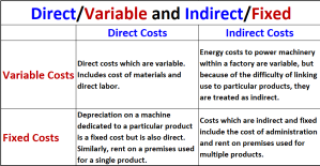Welcome back! I was talking with Kevin@DeliberateConsulting.com about things we should do differently in our business (disclaimer: Kevin & I are partners/investors, along with others, in a high-end door manufacturing business). One of the things he brought up was that all of the partners should have read Michael Gerber’s “The E-Myth Revisited: Why Most Small Businesses Don’t Work and What to Do About It” [http://a.co/d/5JhEnwk] before we decided to invest in a business. Kevin also suggested I write a blog post about it and how it can help you in business.
The E-Myth Revisited

The E-Myth Revisited is a wonderful book that provides guidance for individuals having an “Entrepreneurial Seizure” as the book’s author, Michael Gerber, puts it. It provides a mix of case history, told as an on-going narrative of a client, and guidelines for successfully organizing an entrepreneurial idea into a business operation manual. It tells how you should work ON your business before you work IN your business. AND, your goal should NOT be an employee of your business, doing things yourself.
I’ve mentioned the E-Myth before:
BUSINESS – WE DON’T NEED NO STINKING PROCESSES!…OR DO WE?
MY RESPONSES TO TIM FERRISS’ “TRIBE OF MENTORS” QUESTIONS
I would like to know more about my readers. If you could spare about 2 minutes of your time, please take a survey to tell me what you like about the blog. Just click here to take the survey.
Business Buying, Two Years Post-E. Seizure
I did not read the E-Myth until after we had already purchased the business and were off to the races. I shared it with the other investors, indicating how important it was that we follow its recommendations. Kevin read it and as indicated by the prompt for this post, he feels the same.
Looking back, I have to agree with Kevin. We should all have read the book before deciding to buy a business together. We did not understand how to operate the business. What little “processes” we received from the previous owner were a jumbled bag WTF? and Huh? And, on top of that, the partner directly involved in the business adopted everything wholesale, becoming too mired in the day-to-day to view anything strategically.
This is exactly what the book is designed to avoid. If we had spent more time understanding how the business operated and put in systems & processes to optimize its operation prior to purchase, we would be a lot further ahead.
We are slowly getting things on track and working to bring efficiency to the operation. Only time will tell if we will be successful.
Lessons Learned
Kevin and I are starting to collect lessons learned so we can apply that to future business endeavors, investment advice, and consulting efforts.
Below are some, in no particular order:
- Read the E-Myth Revisited
- Put together your operating manual
- Understand you costs
- Create an operating agreement defining who will do what
- Stick to your operating agreement
- Understand Cash Flow
Please email me, comment below, contact me on LinkedIn, Twitter, or my Facebook page to share your Lessons Learned in operating a business.
And, as always, let me know what you think in the comments. Ask questions, tell your story.
If you like my posts, please share them with others and subscribe to this blog.











